

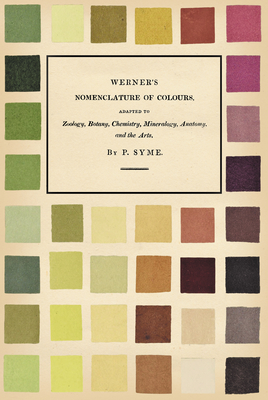
Originally published in 1814, this remarkable volume features 110 colour swatches paired with poetic descriptions that capture nature's vibrant palette.
In the eighteenth century, German geologist Abraham Gottlob Werner (1750-1817) set out to establish a standard reference guide to colour for use in the general sciences. Decades later, Scottish botanical artist Patrick Syme (1774-1845) extended Werner's work, refining it into a comprehensive catalogue of the most prominent shades and hues found in nature. The result was a timeless compendium of colour that showcases the beauty of nature across the animal, vegetable, and mineral kingdoms.
Each colour swatch in Syme's edition of Werner's Nomenclature of Colours is accompanied by examples found in nature, offering a practical tool for scientists, artists, and explorers alike. Notably, Charles Darwin used this guide during his voyage on the HMS Beagle to accurately describe his observations.
This exquisite collection of colours celebrates the harmony of art and science, capturing the beauty found in the natural world.



A gorgeous expanded edition of Werner's Nomenclature of Colours, a landmark reference book on color and its origins in nature
First published in 1814, Werner's Nomenclature of Colours is a taxonomically organized guide to color in the natural world. Compiled by German geologist Abraham Gottlob Werner, the book was expanded and enhanced in 1821 by Patrick Syme, who added color swatches and further color descriptions, bringing the total number of classified hues to 110. The resulting resource has been invaluable not only to artists and designers but also to zoologists, botanists, mineralogists, anatomists, and explorers, including Charles Darwin on the famous voyage of the Beagle. Nature's Palette makes this remarkable volume available to today's readers, and is now fully enhanced with new illustrations of all the animals, plants, and minerals Werner referenced alongside each color swatch. Readers can see tile red in a piece of porcelain jasper, the breast of a cock bullfinch, or a Shrubby Pimpernel. They can admire Berlin blue on a piece of sapphire, the Hepatica flower, or the wing feathers of a jay. Interspersed throughout the book are lavish feature pages displaying cases of taxidermy, eggs, shells, feathers, minerals, and butterflies, with individual specimens cross-referenced to the core catalog. Featuring contributions by leading natural history experts along with more than 1,000 color illustrations and eight gatefolds, Nature's Palette is the ideal illustrated reference volume for visual artists, naturalists, and anyone who is captivated by color.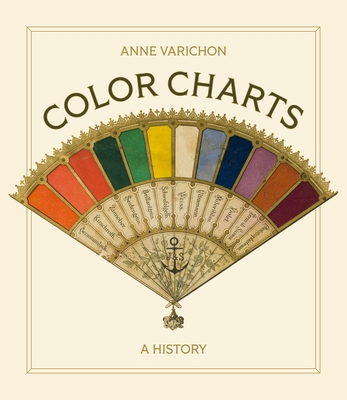
A beautifully illustrated history of the many inventive, poetic, and alluring ways in which color swatches have been selected and staged
The need to categorize and communicate color has mobilized practitioners and scholars for centuries. Color Charts describes the many different methods and ingenious devices developed since the fifteenth century by doctors, naturalists, dyers, and painters to catalog fragments of colors. With the advent of industrial society, manufacturers and merchants developed some of the most beautiful and varied tools ever designed to present all the available colors. Thanks to them, society has discovered the abundance of color embodied in a plethora of materials: cuts of fabric, leather, paper, and rubber; slats of wood and linoleum; delicate skeins of silk; careful deposits of paint and pastels; fragments of lipstick; and arrangements of flower petals. These samples shape a visual culture and a chromatic vocabulary and instill a deep desire for color. Anne Varichon traces the emergence of modern color charts from a set of processes developed over the centuries in various contexts. She presents illuminating examples that bring this remarkable story to life, from ancient writings revealing attention to precise shade to contemporary designers' color charts, dyers' notebooks, and Werner's famous color nomenclature. Varichon argues that color charts have linked generations of artists, artisans, scientists, industrialists, and merchants, and have played an essential and enduring role in the way societies think about color. Drawing on nearly two hundred documents from public and private collections, almost all of them previously unpublished, this wonderfully illustrated book shows how the color chart, in its many distinct forms and expressions, is a practical tool that has transcended its original purpose to become an educational aid and subject of contemplation worthy of being studied and admired.

In this essential guide, accomplished artist Patti Mollica walks you through the most important aspects of color theory as they relate to oil and acrylic painting.
Regardless of your medium, a solid understanding of color and its applications is essential. Petite in size but packed with information, this fresh, contemporary take on the subject of color features step-by-step projects and practical tips and techniques to put color knowledge to effective use. From pigment characteristics and color mixing to color psychology, you'll find all the insight you need to make dynamic, harmonious, and meaningful color choices in your own works of art. You'll find within: discussions and illustrations of the complexities of color and how to use it as a tool for communication; tips for creating vibrant mixes, lively blacks, realistic greens, and flesh tones; and an inspiring collection of fresh and contemporary artwork.

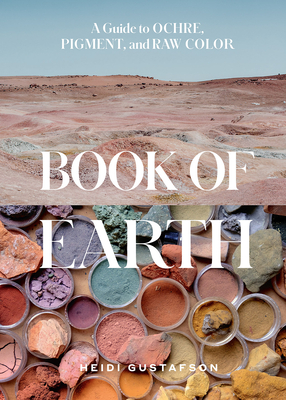
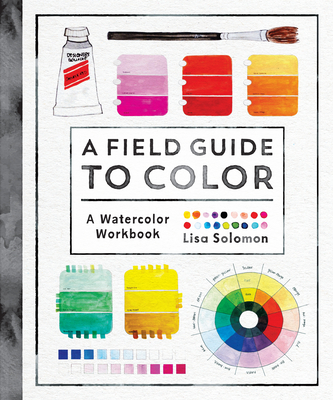

Pantone, the worldwide color authority, invites you on a rich visual tour of 100 transformative years.
In this visual feast for color nerds, hue gurus Leatrice Eiseman and Keith Recker identify the shades that shaped our collective color palette.--Fast Company
From the Pale Gold (15-0927 TPX) and Almost Mauve (12-2103 TPX) of the 1900 Universal Exposition in Paris to the Rust (18-1248 TPX) and Midnight Navy (19-4110 TPX) of the countdown to the Millennium, the 20th century brimmed with color. In this incredible and unique exploration of color, longtime Pantone collaborators and color gurus Leatrice Eiseman and Keith Recker identify more than 200 touchstone works of art, products, décor, and fashion, and carefully match them with 80 different official PANTONE color palettes to reveal the trends, radical shifts, and resurgences of various hues. A color theory book like no other, this vibrant volume takes the social temperature of our recent history with the panache that is uniquely Pantone.STUNNING ART BOOK AND RESOURCE GUIDE: A treasure trove of inspiration and reference for artists, designers, stylists, and lovers of fashion design, modern architecture, contemporary art, furniture, and home décor.
HANDS-ON GUIDANCE FOR CREATIVES: As one reviewer notes, this is a coffee table-sized decade-by-decade guide to the colors of the 20th century, with Pantone color palette listings to enable you to reproduce them exactly right. COLOR MATTERS: Color as a form of communication is incredibly powerful. Its ability to influence thought, mood, and action is gaining newfound attention in the field of modern psychology and in our collective reach for bettering ourselves emotionally and spiritually.Perfect for:
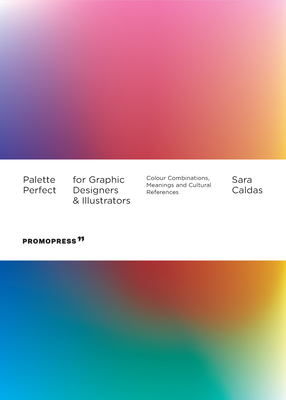


Essential color-mixing recipes for oil and acrylic painting in a convenient lay-flat format.
No more guessing at colors only to end up with a muddy mess and wasted paint! Color Mixing Recipes for Oil & Acrylic takes the mystery and stress out of color mixing with just the right formula for more than 450 color combinations, along with instruction on a variety of painting techniques. Use the handy conversion chart for finding acrylic equivalents of oil paints and vice versa. Designed for use in the studio, this durable book features:
Follow these four simple steps to mix more than 1,500 color combinations:
It's that easy! This comprehensive reference also includes foundational instruction on color theory and mixing, covering:
Whether you are a beginning or experienced artist, Color Mixing Recipes for Oil & Acrylic is an invaluable tool for your workspace.
Walter Foster's best-selling Color Mixing Recipes series also includes Color Mixing Recipes for Watercolor, Color Mixing Recipes for Landscapes, and Color Mixing Recipes for Portraits. These books contain hundreds of precise color mixing combinations for realistic results, as well as acetate grids for measuring paint units.





This comprehensive guide to colour science presents A. H. Munsell's foundational texts on colour theory and practice in a true celebration of both art and science.
Albert Henry Munsell was a pioneer of colour theory. His Colour Notation established theories for categorising colour around three dimensions: hue, value (lightness), and chroma (purity). These elements were proposed to produce any particular colour or differentiate between those of the same character. First published in 1905, Munsell's innovative theory offered insights into colour harmony, relationships, and the psychological impact of colours. It spurred significant advancements in colour science, art, and design, standing as a cornerstone text alongside those published by Michel Chevreul and Ogden Rood.
This new edition from Art Meets Science combines Munsell's seminal A Colour Notation with all fifteen full-colour plates from Atlas of the Munsell Color System, an introduction by Munsell, and an essay on colour by Bonnie E. Snow. An essential colour manual for those studying colour theory or with an interest in colour application, colour behaviours, and the history of colour theory.